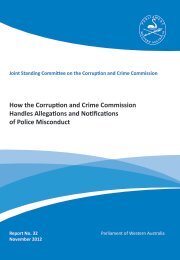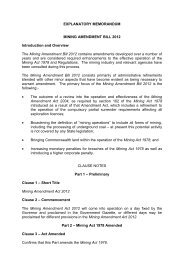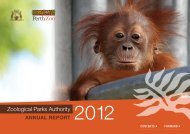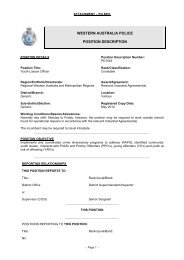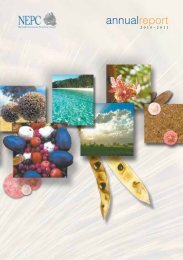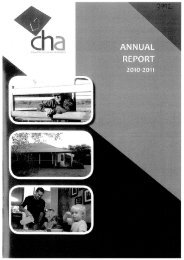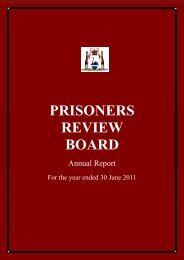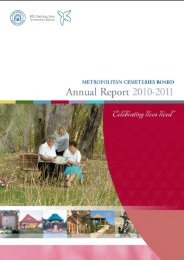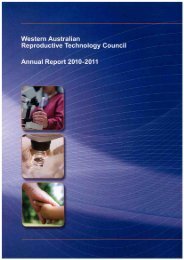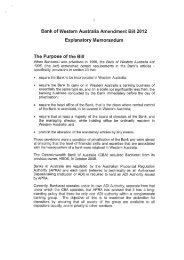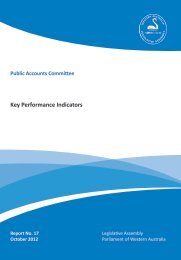Government Boards and Committees, 21 September 2012
Government Boards and Committees, 21 September 2012
Government Boards and Committees, 21 September 2012
You also want an ePaper? Increase the reach of your titles
YUMPU automatically turns print PDFs into web optimized ePapers that Google loves.
only 'external' appointees. <strong>Government</strong> board or committee members who are on the<br />
public payroll as an employee of any Australian government body are by implication<br />
considered to be ineligible for remuneration.<br />
Further steps were taken to improve the administration of information on <strong>Government</strong> boards<br />
<strong>and</strong> committees. The historical list of boards <strong>and</strong> committees was shown to be unreliable<br />
when a series of parliamentary questions on boards, committees, reviews <strong>and</strong> taskforces<br />
produced varying answers. This highlighted the difficulty of obtaining consistent <strong>and</strong> current<br />
information from Minister's offices <strong>and</strong> line agencies.<br />
Two steps were taken to address this situation:<br />
1. In addition to restricting remuneration, Premier's Circular 2010/02 emphasised the<br />
need for all appointments to be considered by Cabinet".<br />
2. The Department of the Premier <strong>and</strong> Cabinet <strong>and</strong> the Commission agreed to jointly<br />
produce a database module that was integrated with the existing Public Sector<br />
Commission Agency Information <strong>and</strong> Senior Executive Service (AISES) database.<br />
However, by June 2011, it had become clear that the new <strong>Government</strong> boards <strong>and</strong><br />
committees database was not operating effectively. As a result, the public list was<br />
removed from the Commission's website on '17 June 2011 <strong>and</strong> the use of the AISES<br />
database module was temporarily suspended.<br />
The Department of the Premier <strong>and</strong> Cabinet then took the following steps in order to produce<br />
a new list of boards <strong>and</strong> committees that is consistent with this new definition:<br />
The list was changed to include only boards <strong>and</strong> committees with paid members, in<br />
line with the new definition. (Note: The Department of the Premier <strong>and</strong> Cabinet did<br />
not examine whether all paid members were external because this information had<br />
not been collected during the request for information <strong>and</strong> it was assumed that as<br />
members were being paid they were external.)<br />
Minister's offices <strong>and</strong> line agencies were asked to correct <strong>and</strong> update the information<br />
from the inaccurate AISES list;<br />
All Cabinet approval sheets since <strong>September</strong> 2008 were checked to identify any<br />
boards <strong>and</strong> committees that had not been listed already;<br />
Inquiries were made to Ministers' offices regarding any previously unlisted boards<br />
<strong>and</strong> committees that appeared on the approval sheets.<br />
This process resulted in a list of 388 boards <strong>and</strong> committees as of 17 August 2011. A<br />
high level review by the Commission of a 10 per cent r<strong>and</strong>om sample of the list of 388<br />
II This affirmed the Cabinet process as the <strong>Government</strong>'s primary source of information on boards <strong>and</strong> committees <strong>and</strong><br />
signalled a desire to move away from reliance on direct correspondence with Minister's offices <strong>and</strong> agencies. It also affirmed<br />
the need to maintain accurate information from week to week, rather than compiling information on an ad hoc basis<br />
13



